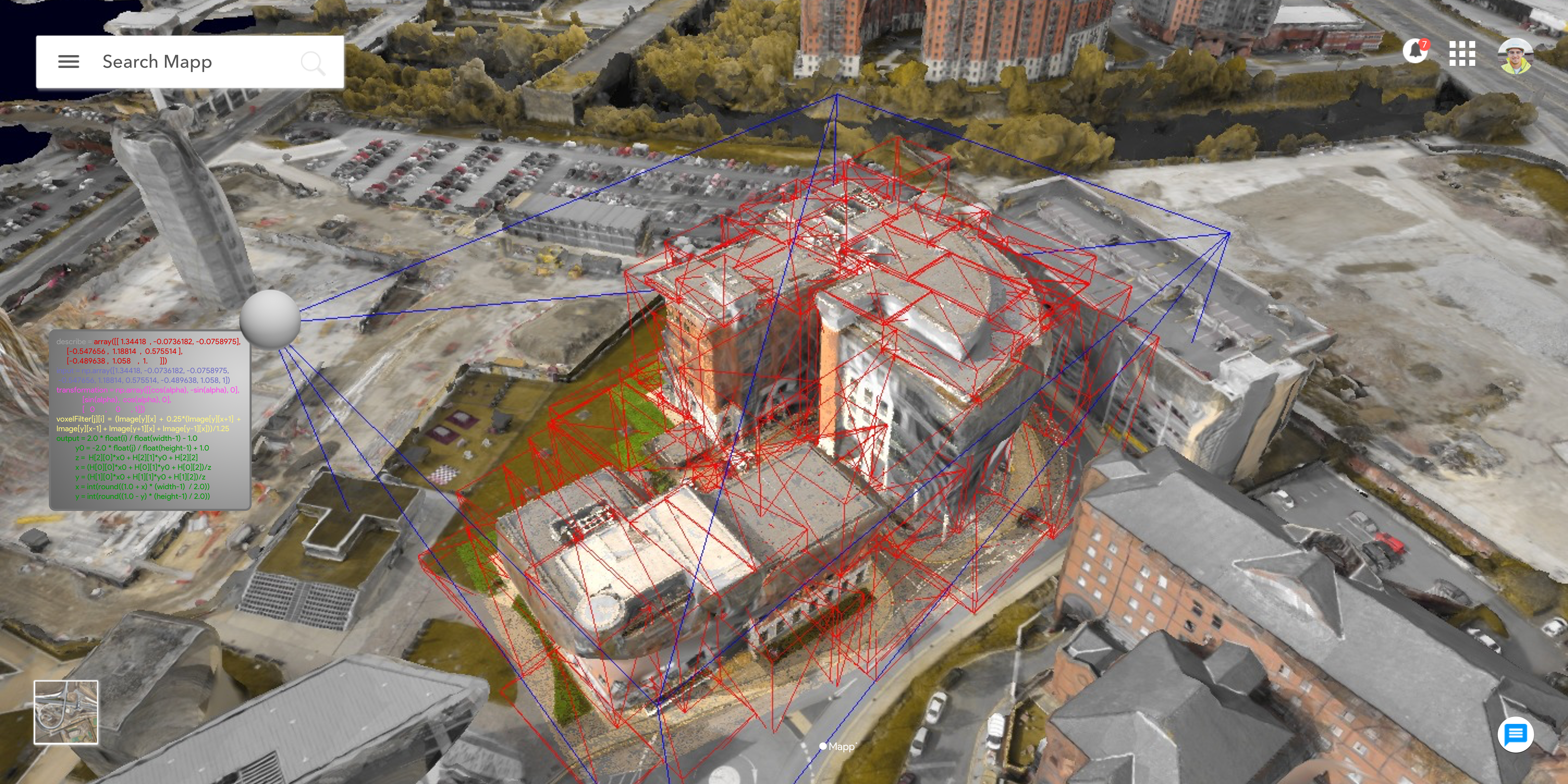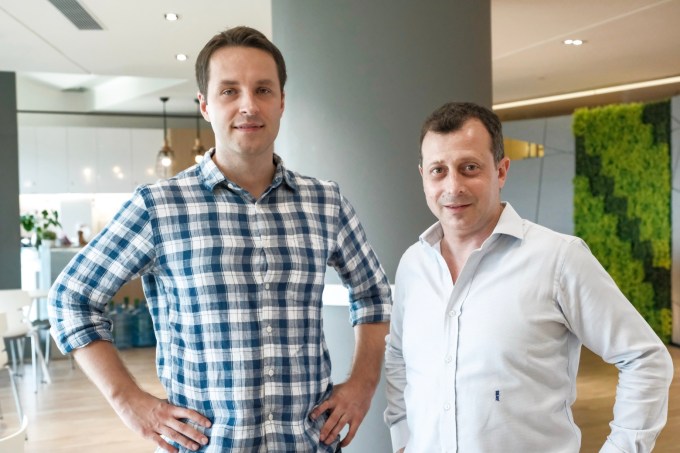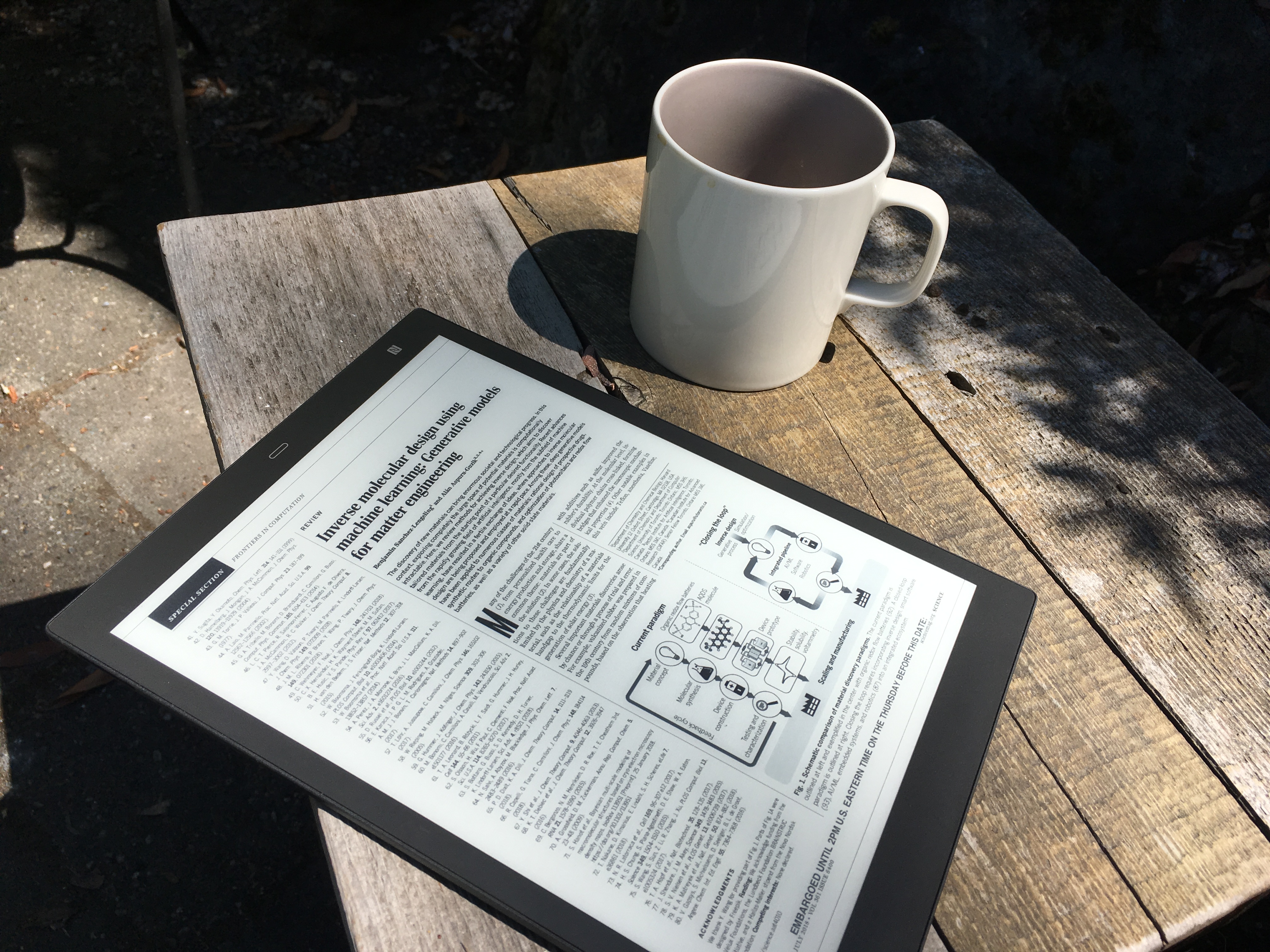Qualcomm may have lost its long-winded deal to buy NXP on account of China and it continues to battle lawsuits worldwide, but the company does have a dose of good news out of Asia today after it settled an antitrust investigation in Taiwan.
The U.S. chip firm was hit with a record $773 million fine last October when it was accused of monopolistic practices, but Qualcomm and the Taiwan Fair Trade Commission (TFTC) said today they have reached an agreement that sees the charges dropped in exchange for the firm investing $700 million in the country.
The TFTC will keep hold of the NTD 2.73 billion ($93 million) portion of fines that Qualcomm paid this summer in exchange for a promise that Qualcomm will make the $700 million investment over the next five years, according to Bloomberg.
Qualcomm didn’t explicitly mention that figure in its statement on the agreement, but it did outline its proposed “commercial initiatives:”
Qualcomm will drive certain commercial initiatives in Taiwan over the next five years for the benefit of the mobile and semiconductor ecosystem, SMEs and consumers, including 5G collaborations, new market expansion, start-up and university collaborations and the development of a Taiwanese center for operations and manufacturing engineering. Qualcomm will work with the TFTC and sister agencies within the Taiwanese government to implement these initiatives and investments.
Crucially, the deal will also allow Qualcomm to continue with its current pricing strategy in Taiwan. That pricing policy has triggered a wave of lawsuits worldwide which has left Qualcomm reeling — indeed, its falling share price made it a target for an ultimately unsuccessful takeover attempt from Broadcom.
The most notable pending legal spat is with Apple.
In January 2017, Apple sued Qualcomm for $1 billion claiming that it is charged a hefty price for royalties on technologies that Apple said the chipmaker should not be associated with. It also alleged that Qualcomm had been withholding payments it was owed.
The Apple suit came quickly after an antitrust lawsuit filed against Qualcomm by the U.S. Federal Trade Commission for using its position as the leading supplier in the handset market to charge fees on technologies that amount to industry standards.
Earlier this year, Qualcomm was hit with a $1.23 billion fine from the EU for abusing its market position between 2011 and 2016, relating to its relationship with Apple. That figure works out to 4.9 percent of Qualcomm’s revenues in 2017.
Qualcomm has also sued Apple, alleging that the iPhone X infringes on Palm patents which are now owned by the chipmaker. But the hostility seems likely to hurt Qualcomm’s bottom line since Apple has reportedly been building iPhone prototypes that eradicate usage of Qualcomm technologies altogether.




 Mainly I just enjoyed how light and simple the thing is. There’s almost no menu system to speak of and the few functions you can do (zooming in and such) are totally straightforward. Whenever I got a big document, like today’s FCC OIG report, or a set of upcoming scientific papers, my first thought was, “I’ll stick these on the Sony and read them on the couch.”
Mainly I just enjoyed how light and simple the thing is. There’s almost no menu system to speak of and the few functions you can do (zooming in and such) are totally straightforward. Whenever I got a big document, like today’s FCC OIG report, or a set of upcoming scientific papers, my first thought was, “I’ll stick these on the Sony and read them on the couch.”